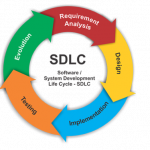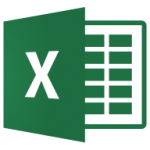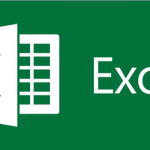This article gives the basic introduction to MS-Excel, Worksheet, Workbook, Cell, Cell address, Cell range etc.
1. MS Excel Introduction
2. Uses of Excel
3. Introduction to Cell
4. Workbook and Worksheet

MS Excel Introduction
MS Excel is an electronic spreadsheet program of Microsoft Office Suite which is mainly used to store and analyse numeric data. We can store the data in Excel in the form of rows and columns to simplify financial, mathematical or statistical calculations. In addition to the standard spreadsheet features, Excel offers programming support via Microsoft’s Visual Basic for Applications (VBA), the ability to access data from external sources via Microsoft’s Dynamic Data Exchange (DDE).
Uses of Excel
MS-Excel is widely used nowadays for personal as well as professional use. It contains so many good features that millions of people use it to save their efforts and time. Some of the best uses of MS Excel are as under:
1. Easy management of data
2. Filtration of data
3. Analysis and interpretation of data
4. Mathematical formulas
5. Security
6. Online Access
1. Easy management of data
MS-Excel helps in managing the bulk data in an efficient way. It saves your time by sorting, searching and filtering the data. You can store the data in an organized and systematic way using MS-Excel.
2. Filtration of data
Using the Filter option of MS-Excel (shown in below picture) you can filter or select the particular data according to your requirement. This option gives a better view to work on your data.

3. Analysis and interpretation of data
Decision makers mainly use Spreadsheets to analyse the data. This can be done by using the features of MS-Excel like graphs and charts (as shown in the picture) to easily summarize and organize the data. This is one of the best uses of MS-Excel which helps in discovering trends by the decision makers.

4. Mathematical formulas
There are various in built formulas in MS-Excel like Sum, Average, Max, Min etc. We can use these formulas to solve complex mathematical problems without any manual effort.
5. Security
Security is the most important aspect of any application nowadays. We can keep our confidential data safe in MS-Excel by making the file password protected. So, it provides security to files so that data can be kept safe.
6. Online Access
Not all the time we get the done offline, sometimes we need to fetch data from online websites as well. We can import data from “MS Access File, Text File, From Web, From SQL Servers, From XML Data Import” etc… So getting the data to excel is not a constraint.

Introduction to cell
- Cell is the rectangular box which occurs at the intersection of vertical column and horizontal row in MS-Excel. It is the actual place where you type the data as shown in the below picture:
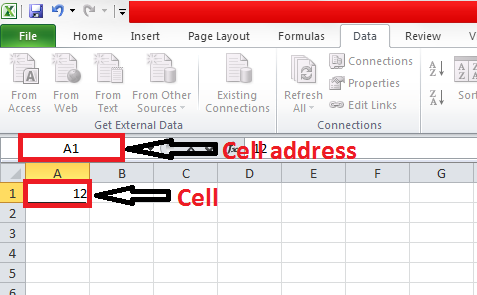
- As you can see, rows are numbered from 1,2,3,… and so on and columns are named as A,B,C… and so on. Each cell has a unique address called the Cell Address which comes from the combination of Column name and Row number. It becomes easy to identify a particular cell using its cell address. For example, in the above picture, the cell address of the selected cell is A1 as shown above.
- Now, if we select a group of cells, then it is called as the Cell Range. Cell range is written as Cell 1 address : Cell 2 address. It will be more clear from the below picture.
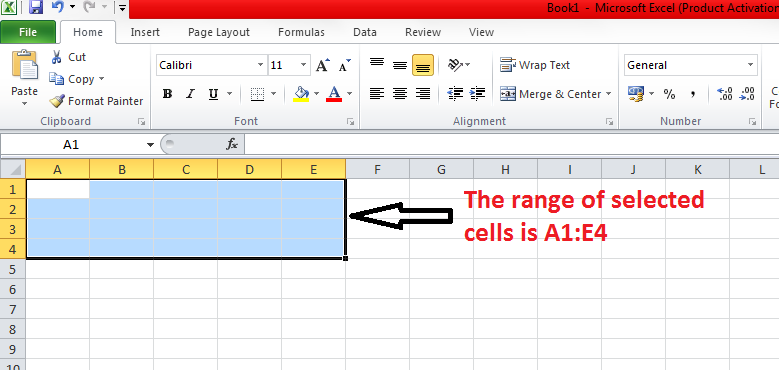
Workbook and Worksheet
In MS Excel, Workbook is a collection of one or more worksheets. Workbook is the main Excel file or document in which there can be several worksheets. Worksheet is the grid of rows and columns where we write our actual data. By default, there are three worksheets in a workbook but you can create more worksheets also. For example, in the below picture Sheet1 to Sheet3 are the worksheets in a workbook named as Book1.
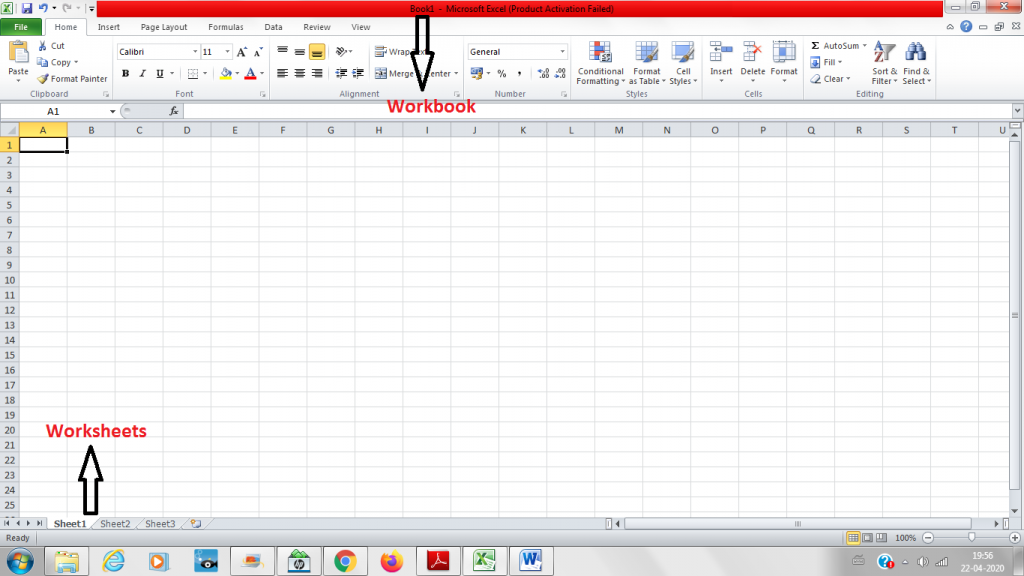
You can also refer official document of MS Excel at Microsoft support link.
Find more blogs on MS Excel here.


